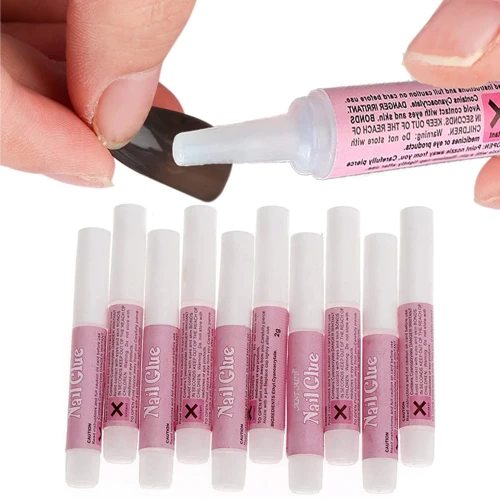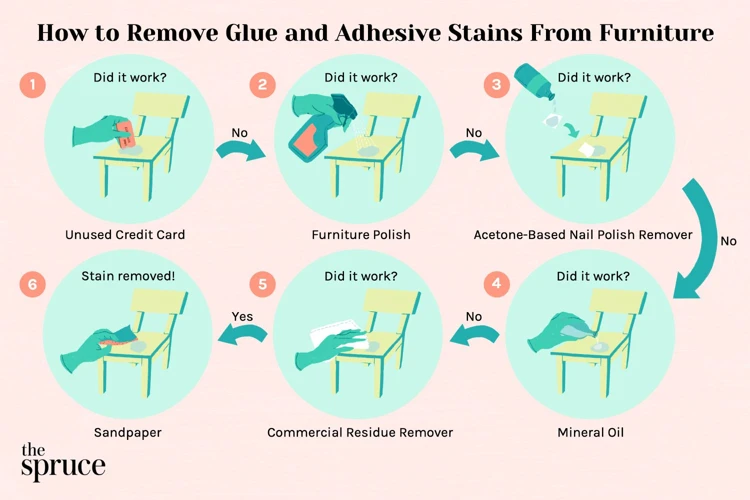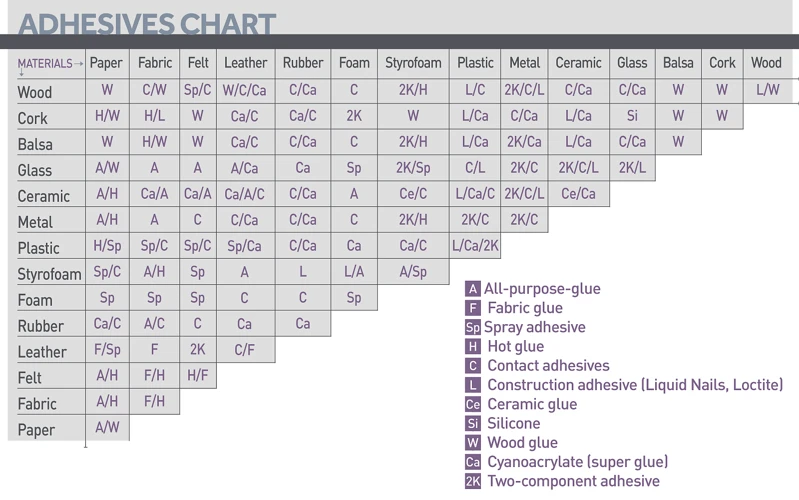Discovering nail glue on your favorite furniture pieces can be a distressing experience. This sticky adversary may seem indomitable, but with the right approach, restoring your furniture to its original glory is possible. In this comprehensive guide, you’ll learn how to remove nail glue from furniture, ensuring that your cherished pieces remain unscathed.
Understanding the Challenge of Nail Glue on Furniture
Nail glue is designed to be durable and long-lasting, which makes the task of removal particularly challenging. The glue binds aggressively to surfaces, and if not handled carefully, can lead to damage. Grasping the nuances of the adhesive and the materials it has bonded with is crucial for effective removal.
Essential Precautions Before Removing Nail Glue
Before embarking on the removal journey, it’s vital to take certain precautions. These measures will protect both the furniture and the person performing the removal.
Safety Measures When Using Acetone and Other Solvents
Acetone and similar solvents are potent chemicals that can dissolve nail glue. When using these solutions, ensure the work area is well-ventilated and consider wearing gloves and eye protection to prevent irritation or harm.
How to Remove Nail Glue from Wooden Furniture
Wooden furniture requires a delicate touch when dealing with adhesives. The following subsections will guide you through the process without compromising the integrity of your wood furnishings.
How to Get Nail Glue Off Wooden Table
Begin by gently scraping the glue with a plastic putty knife or a credit card. This action should lift the bulk of the adhesive without scratching the wood.
How to Remove Nail Glue from Wood without Damaging the Finish
If scraping doesn’t work, apply a small amount of vegetable oil or mayonnaise to the area. Let it sit for a few hours, then gently wipe away the softened glue. If necessary, follow with a wood-specific cleaner to restore shine.
How to Remove Nail Glue from Upholstered Furniture
Upholstered furniture demands an even gentler approach due to the variety of fabrics and their susceptibility to damage.
How to Get Nail Glue Off Couch and Other Fabric Surfaces
For fabric surfaces, start by lightly dabbing the area with a damp cloth. If the glue doesn’t budge, a small amount of acetone on a cotton swab can be applied to the edges of the spill, working inward carefully.
Steps for Safely Lifting Glue from Delicate Fabrics
- Test the solvent on an inconspicuous area first.
- Apply the solvent sparingly to prevent spreading the glue.
- Blot the area with a clean cloth until the adhesive lifts.
How to Remove Nail Glue from Various Furniture Surfaces
Furniture surfaces can be diverse, each requiring a tailored approach when facing the challenge of adhesive removal.
How to Get Nail Glue Off Table Surfaces
For non-wooden table surfaces, such as glass or metal, using a razor blade at an angle can effectively remove the glue. Proceed with caution to avoid scratches.
How to Remove Nail Glue from Other Common Furniture Materials
Leather can be treated with a mixture of mild soap and water, while plastic surfaces may respond well to rubbing alcohol. Always conduct a spot test before full application.
Step-by-Step Guide to Removing Nail Glue
Now, let’s delve into a detailed, step-by-step procedure that can be applied to most furniture surfaces.
Step 1: Gentle Scraping and Peeling Techniques
Use a blunt edge to carefully lift the glue. Patience is key to avoiding damage.
Step 2: Solvent Application and Removal
Apply your chosen solvent to a cotton ball and gently dab the glue. Allow it to penetrate before attempting to wipe it off.
Step 3: Post-removal Cleaning and Furniture Care
Once the glue is gone, clean the area with a suitable cleaner for the material and finish with a protective polish or fabric conditioner as appropriate.
Alternative Methods for Nail Glue Removal
There are other methods worth considering if you prefer to steer clear of harsh chemicals or if the above steps haven’t worked.
Using Natural Solutions to Remove Nail Glue Residue
Options like white vinegar or lemon juice mixed with water can be used to soften the glue. Soak a cloth in the solution, lay it over the spot, and let it sit before gently wiping away the residue.
Commercial Products Suitable for Nail Glue Removal
There are commercial adhesive removers specifically designed to tackle tough glue spills. These products typically come with instructions tailored to their formulation.
Tips for Avoiding Future Nail Glue Spills on Furniture
Prevention is always better than cure. With a few simple habits, you can avoid future spills and keep your furniture in pristine condition.
Best Practices for Nail Art and Glue Application Near Furniture
Always work on a stable surface away from valuable furniture, use a protective covering, and keep nail glue tightly sealed when not in use.
Final Thoughts and Recommendations
While nail glue spills can be a nuisance, with the right knowledge and tools, they can be resolved without lasting damage to your furniture.
Summary of Effective Techniques for Nail Glue Removal
In summary, start with gentle methods like scraping and move on to solvents if necessary, always keeping the furniture material in mind.
If you’ve ever struggled with removing nail glue from your furniture, you know how tough it can be. However, if you’re also dealing with the challenges of removing shoe glue from various surfaces, we’ve got some handy guides for you. For those tricky fabric stains, check out our step-by-step guide on how to remove shoe glue from fabric. If it’s a metal surface you’re concerned about, our article on how to remove shoe glue from metal can offer some practical tips. And for those stubborn plastic areas, don’t miss our advice on how to remove shoe glue from plastic. Each guide is tailored to help you tackle the stickiest situations with ease!
Recommended Products for Furniture Care Post-Glue Removal
After removal, consider products like furniture polish, fabric protectors, or wood conditioners to rejuvenate and shield your furniture from future accidents.




